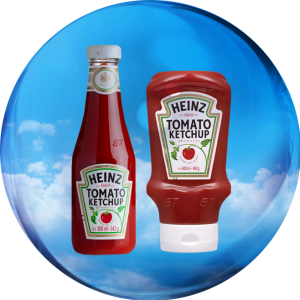I Don’t Want to Belong to Your Revolution if I Can’t Dance
This archetype is about living life in the moment and having fun. The Jester can also be known as the comedian, prankster, clown, entertainer, punster, joker, trickster, or fool. Or anybody who likes to cut up or play. In the movies, Jim Carry plays the Jester, an Optimist who is able to see the good in all situations. Jesters never appear to become serious or grow up. They are always young at heart. The core desire of the Jester is to be in full enjoyment and live in the moment. They are afraid of being boring and of boredom. To resonate with jesters, use humor and promote good times.

The Jester archetype in branding is best used for:
- Beer Brands
- Child Entertainment
- Confectionery
Everyone loves to laugh, so having a jester personality can be a point of differentiation that is quite memorable. If you can connect with your audience through laughter and happiness, your brand will be well-loved. The Jester archetype is used by such famous brands as:
- Geico
- Old Spice
- M&M’s
Many men’s brands use humor and the jester, particularly if the brand is at all associated with a fun activity.
The Jester archetype is known for being playful, humorous, and irreverent. Brands that embody this archetype are often associated with entertainment, enjoyment, and lightheartedness. Examples of brands that align with the Jester archetype include M&M’s, Old Spice, and GEICO.
To effectively use the Jester archetype in branding, companies often use humor and wit to appeal to their target audience. They may create humorous ads, social media content, or even comedic products or packaging. However, it’s important to note that humor can be subjective and what one person finds funny, another may not. Brands must be careful not to cross the line into offensiveness or insensitivity.
Another aspect of the Jester archetype is their ability to bring joy and levity to serious situations. This can be particularly effective in industries that are traditionally seen as stuffy or serious, such as finance or insurance. By infusing humor and playfulness into their branding, these companies can differentiate themselves from their competitors and make themselves more approachable to potential customers.
Overall, the Jester archetype can be a powerful tool in branding, as long as it’s used appropriately and in a way that resonates with the target audience. Brands that successfully embody the Jester archetype can create a memorable, engaging, and enjoyable experience for their customers, while also standing out in a crowded marketplace.



